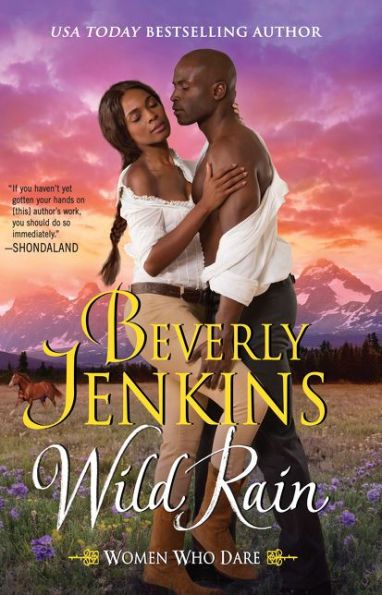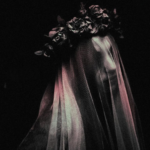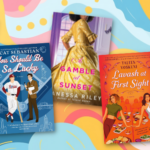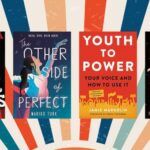
Please Stop It with the Sexist “Reverse” Tropes
Romance has a problem.
You’d think it was the inherent racism that is built into publishing as an engine and America as a whole, which then leads to the problems with representation being disproportionate across racial groups, social identities, and other key groups.
But no, romance’s biggest problem right now is how it views and understands tropes. There is some question about whether this originated with readers and slowly seeped into writers’ vocabulary or if it went the other way. But either way you look at it, there are a lot of people doing very strange things when it comes to listing the appeal factors and themes that we call “tropes” when discussing certain romances that have come out, or that will be coming out.
I can’t say for certain, but I’m pretty sure it started with “Reverse Harem.” Reverse Harem is a term that was coined several years ago to reference a romance featuring a woman who had multiple love interests and usually ended up with them all. Because for some reason, polyamory wasn’t a good enough term to use. Heck, even ménage. Or something as simple as “multiple partners.” In the last couple of years, people have come to realize the problems with this term—not just because of the vaguely racist and orientalist usage of the term “harem” itself, but for calling something that does not have a gender assignation a reverse anything. Many authors have changed their vocabulary to delightfully call those romances Why Choose. As in, “I have all these hot boyfriends, why choose?”
And I think that’s lovely.
But in the past years, I’ve also seen people use “reverse” in front of several other tropes that should be genderless and, therefore, unable to reverse in any way. Because that’s what people mean when they “reverse” something: the expected gender dynamic is turned around in this version. So in the mind of these trope definers, something like Beverly Jenkins’s Wild Rain, in which Spring is an unfriendly grouch and Garret is joy personified, would be reverse grumpy/sunshine because she is the grump and he is the sunshine. Nowhere in any document have I found something requiring either side of a personality-based trope pairing to be attached to a person of any gender, thus making it only possible in heteronormative romance. Therefore, there should be no reason to reverse a pairing or grouping featuring someone who is grumpy and someone who is not.
The other place I’ve seen this has been while discussing age gap romance. As in, “This is a reverse age gap romance [because the older person in the relationship is a woman].”
Do you…do you know how sexist and wrong it feels to hear that it only works as an age gap if the older person is a man?
I can’t. I just can’t.
An age gap romance is when there are at least two people in a romantic relationship, existing or developing, and one or more of them are older than the other person by significant years (and that gap can be wider or narrower depending on how young the younger person is). Who is older should not be taken into account when defining the trope; not until you’re discussing the actual plot and characters. Because you can’t…reverse…ages? A reverse age gap is inherently impossible; any age gap is just an age gap. And once again, implying that an age gap without the reverse must mean that a man is older than a woman also implies that the only relationship makeup of a romance is a man and a woman. What about a man and a man, a woman and a woman, a man and a nonbinary person, two men and three women (sadly, I haven’t seen this romance yet, but I’d love to)?
You can’t just throw in a reverse card like you’re playing Trope Uno. The word has meaning, and that meaning should not exist in the context of tropes, which only have gender assigned to them in very specific situations. And even then, there shouldn’t be a gender assigned. I just read a book with a stud who liked to be called Daddy. I’ve read two sweater/disaster romances that were each same gender but opposite genders of each other. I haven’t read a modern Why Choose romance in which one man (or woman!) has several girlfriends, but I’d take one of those in a heartbeat.
What it comes down to when it comes to tropes is that gender should not define them. If you’re using sexist terminology to qualify your tropes, you’re basically saying that there is a set way to apply them, and that’s just not going to work for anybody going forward.
We’re better than that. Or at least, we should be.








